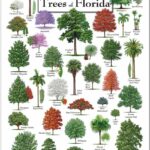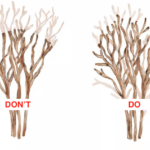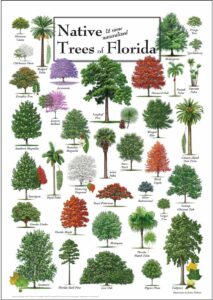Understanding Worms In Oak Trees: Leaf Rollers and Leaftiers Caterpillars
During the spring months in Florida, residents may notice an abundance of small green worms in their Oak trees, leaving peculiar leaf patterns resembling tiny scrolls or tightly wrapped bundles. These are the handiwork of oak leaf rollers and leaftiers caterpillars. What exactly are these curious creatures, and what role do they play in our ecosystem?
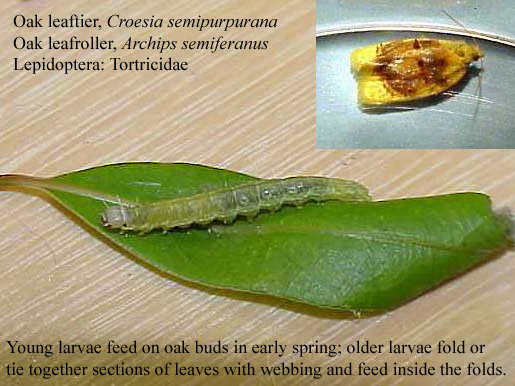
Meet the Leaf Roller Complex
In the Northeastern United States, the oak leaf roller complex boasts about 20 species, hailing from five families of Lepidoptera
(butterflies and moths). These industrious insects are responsible for crafting the distinctive leaf structures that captivate our attention. These small green and yellow caterpillars, known as oak leafrollers or inchworms (Archips semiferanus) and oak leaftiers (Croesia semipurpurana), range from ¼ inch to 1 inch in size. They primarily consume the fresh growth of oak trees’ leaves and flowers, the oak leafroller also feeding on hackberry, pecan, and walnut trees.
The Oak Leaf Roller (Archips semiferanus):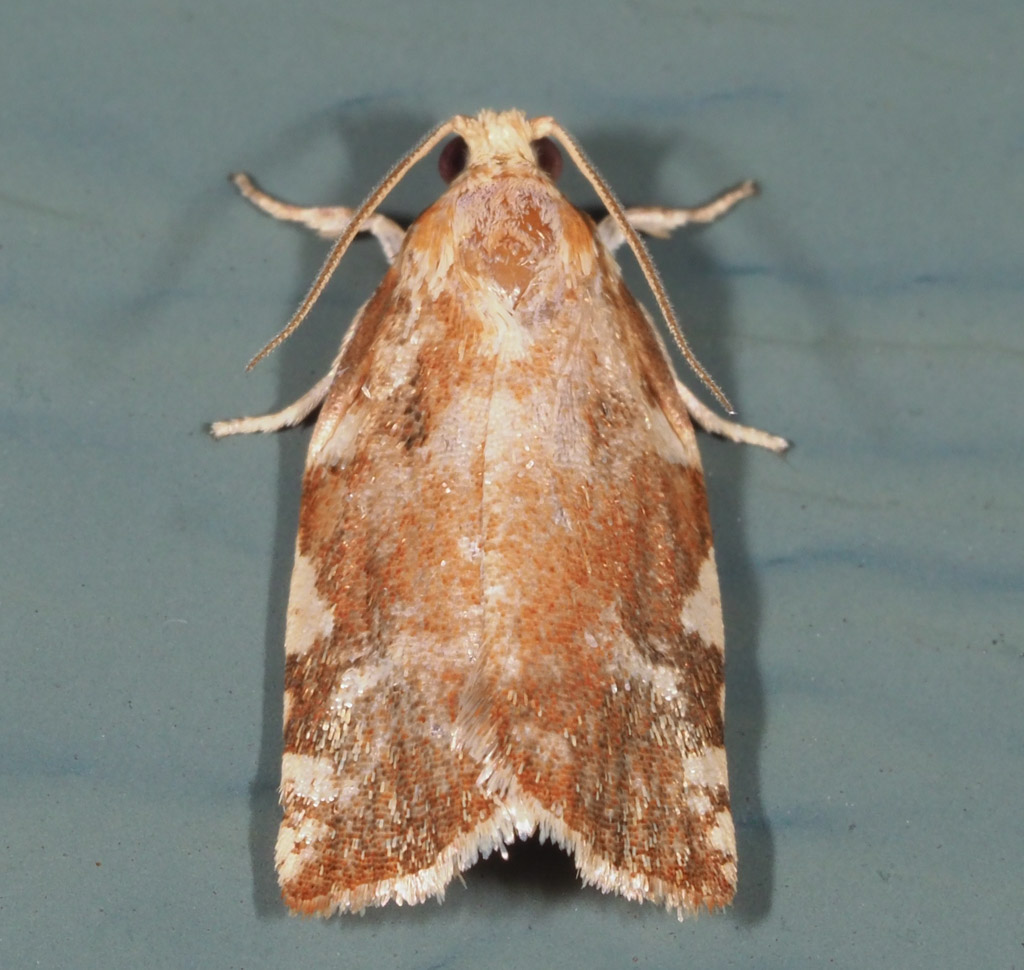
The Oak leaf rollers are caterpillars that belong to the Tortricidae family. They are typically green or brown and measure about 1/2 inch in length. These caterpillars create protective shelters by rolling oak leaves around themselves, hence their name. They feed on the leaves within their shelters, causing damage to the foliage. Oak leaf rollers can defoliate trees if their populations are large enough. Severe defoliation can weaken the tree and make it more susceptible to other stressors, such as drought or disease. Their life cycle involves an adult moth stage, with the oak leafroller moth being mottled tan and brown.
The Florida Resident: Oak Leaftier (Croesia semipurpurana)
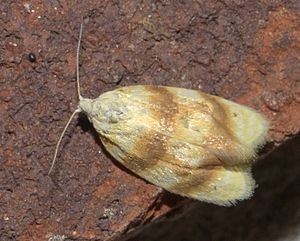
Among the diverse species found in Florida, one standout is the oak leaftier, scientifically known as Croesia semipurpurana. The larvae caterpillars construct shelters by tying multiple leaves together with silk. They feed on the enclosed leaves, causing damage similar to oak leaf rollers. They feed on the leaves from within these protective shelters, showcasing their resourcefulness. Adults of this species are petite, measuring less than half an inch in length. Their wings are a striking combination of yellow, adorned with a distinguished brown blotch, adding a touch of elegance to their appearance.
Spotting the Difference
For the keen observer, distinguishing between various species becomes an engaging pursuit. Adults of another species, Archips semiferanus, boast a slightly larger physique and wings adorned in creamy brown and gray hues, accentuated by a dark oblique band.
The Remarkable Life Cycle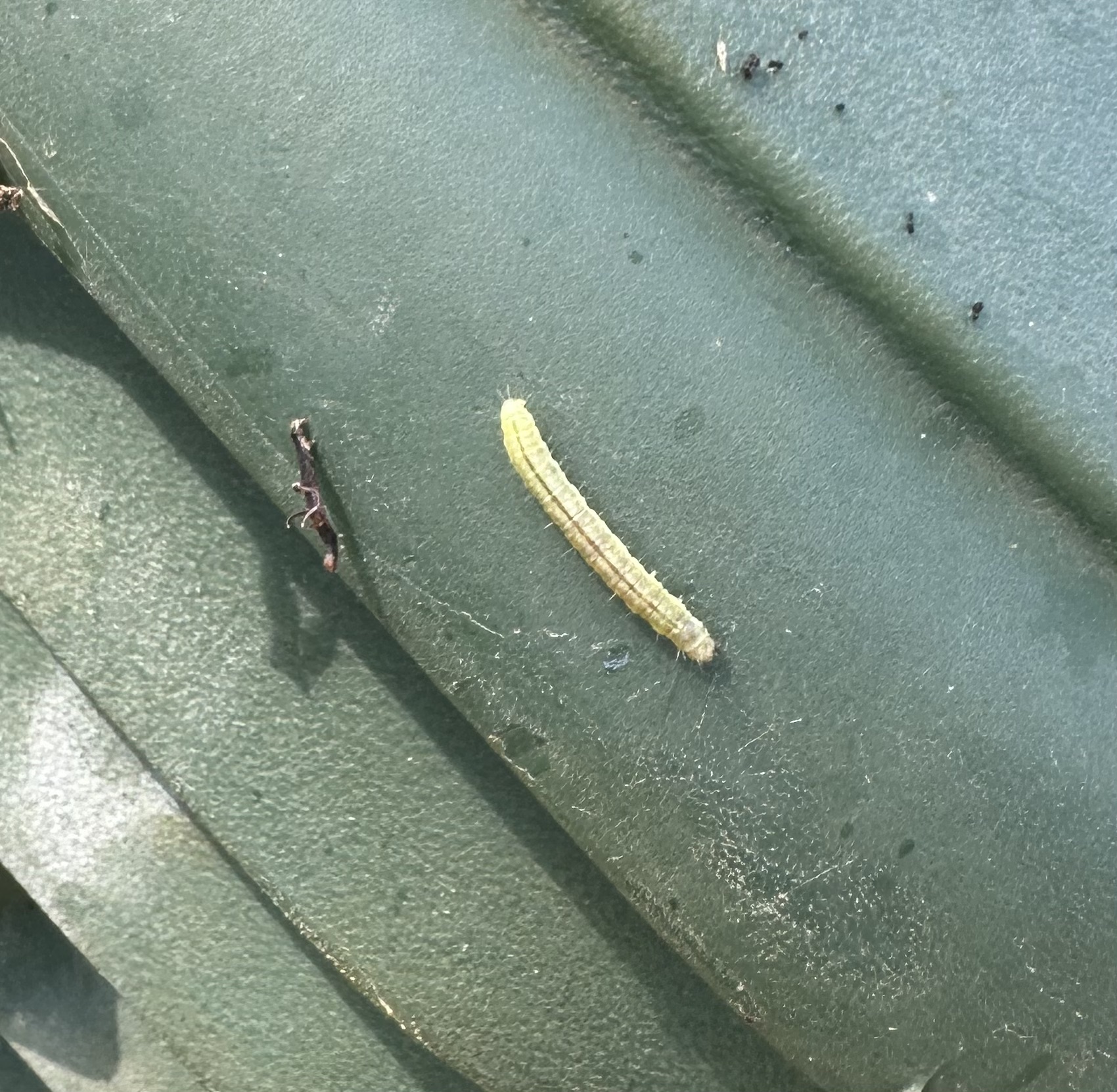
The life cycle of oak leaf rollers and leaftiers caterpillars is an interesting tale of transformation. Both species mate and lay eggs in twig tips and leaf buds of various trees in May, with the eggs hatching in March to start feeding on new leaves. These tiny creatures start their journey as eggs typically laid on oak leaves by adult moths. Upon hatching, the caterpillars embark on a culinary adventure, munching voraciously on foliage. As they grow, they employ their silk-spinning skills to craft protective shelters, which double as cozy abodes and an endless buffet.
The Environmental Impact
While the sight of tightly rolled leaves or bundles of leaves woven together may raise curiosity, it’s essential to recognize the ecological significance of oak leaf rollers and leaftiers caterpillars. Despite their modest size, these insects play a vital role in nutrient cycling and ecosystem dynamics. By consuming plant material and decomposing organic matter, they contribute to the intricate web of life that sustains our natural habitats. Natural predators, such as birds or parasitic wasps, help to control caterpillar populations.
Appreciating Nature’s Artistry
As we marvel at the intricate leaf structures crafted by oak leaf rollers and leaftiers caterpillars, let’s embrace the beauty of biodiversity. These tiny artisans may be a cause for concern at first, however they are not necessarily dangerous to your trees. They remind us of the boundless creativity and resilience of the natural world. If you are ever concerned about your trees it is always safe to consult with a certified arborist to best manage your trees health.

